AR VR technology: Ultimate guide for everyone
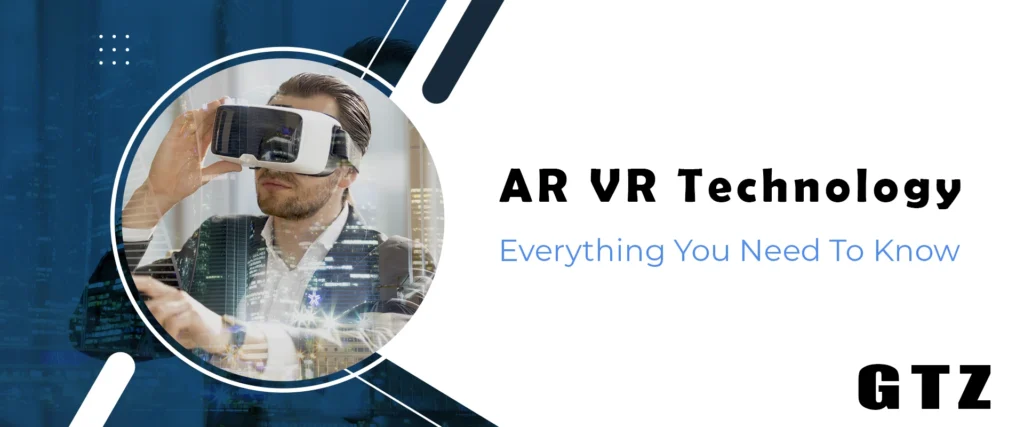
Imagine putting glasses over your eyes and seeing, out of nowhere, dragons fly over your living room, stepping into a video game where you can touch and feel everything around you. Sounds like magic, right? Well, it’s not magic—it’s AR VR technology!
In this article, we will explain what AR VR technology is, its working mechanism, and its use in real life. Regardless of whether one is a kid, a parent, or a technology buff, this guide will make it super easy to understand. Let’s dive in!
What is AR and VR technology?
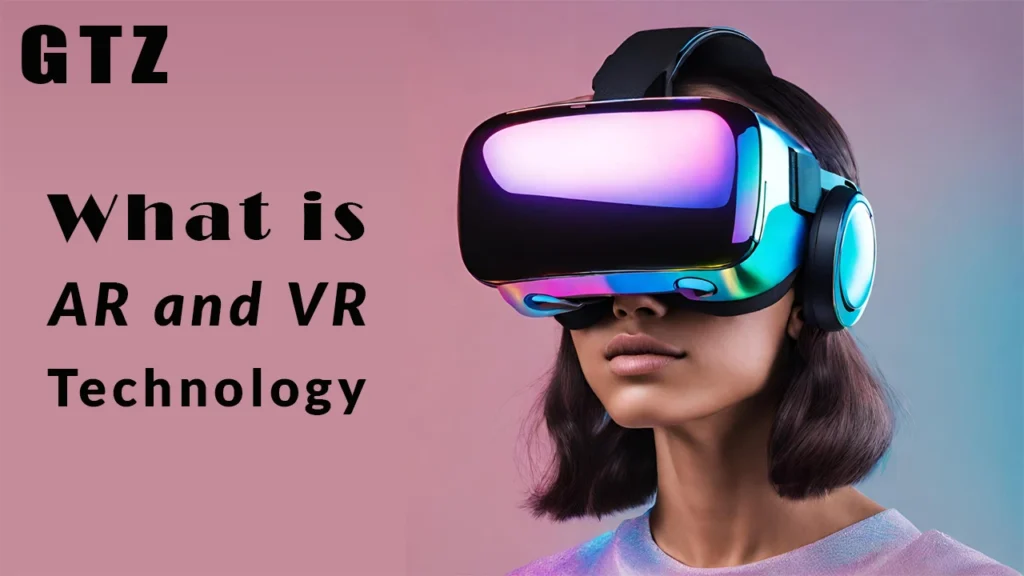
AR VR technology is a fancy way of saying “cool gadgets that merge real and virtual worlds.” It is composed of two key parts:
Augmented Reality (AR): It puts virtual items (like photos, audio, or animations) onto real life. For example, when you use a Snapchat filter to add dog ears onto your face, that’s AR!
Virtual Reality (VR): It creates a whole new world in which to enter. When you wear a VR headset and feel like you’re flying in space or exploring a jungle, that’s VR!
Together, AR and VR make experiences exciting, real, and fun.
How Does AR and VR Technology Work?
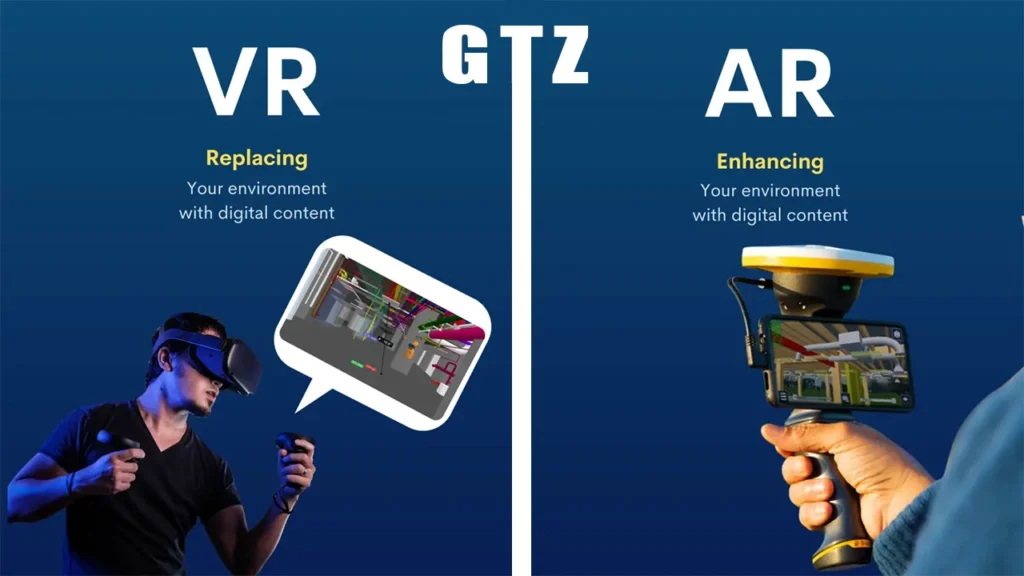
Let’s break it down in simple terms:
How AR works
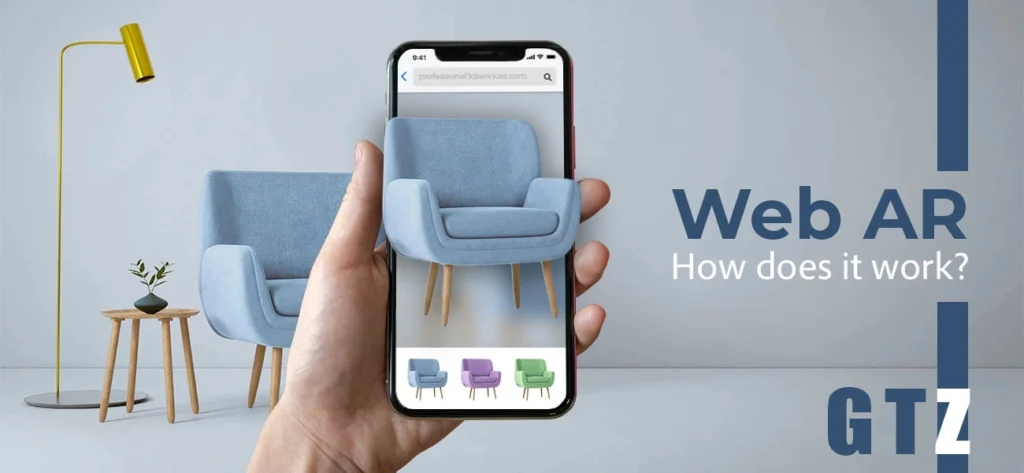
- Camera: Your AR glasses or phone use a camera to see the real world.
- Software: The software puts virtual items (like a dancing unicorn) over whatever is seen through the camera.
- Screen: You see real life with virtual reality blended in with it in your phone or your goggles.
Example: Pokémon GO is a virtual reality video game in which you use your smartphone to collect virtual Pokémon in your real-life neighborhood.
How VR works
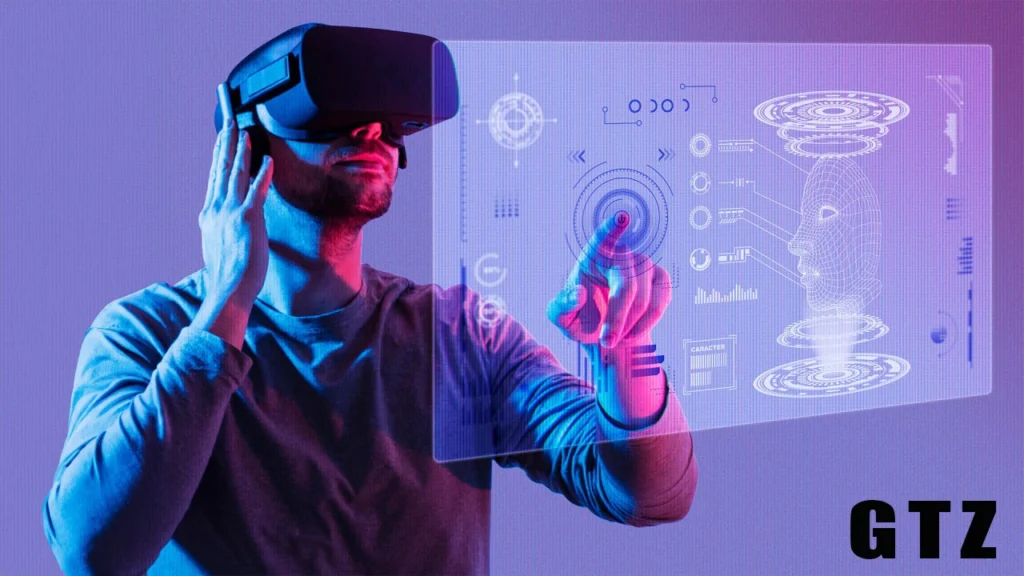
- Headset: You have a head-mounted device that covers your eyes and your ears.
- Sensors: The headpiece contains sensors that monitor your head and body motions. As your head turns, your virtual environment turns with it too!
- Immersive World: The headpiece reveals a 3D environment that seems real. You can look around, move, and even interact with objects.
Example: In a virtual reality game such as Beat Saber, controllers are used to swing blocks in rhythmic beat with sound, and feels like you’re inside the game.
Real-Life Uses of AR and VR Technology
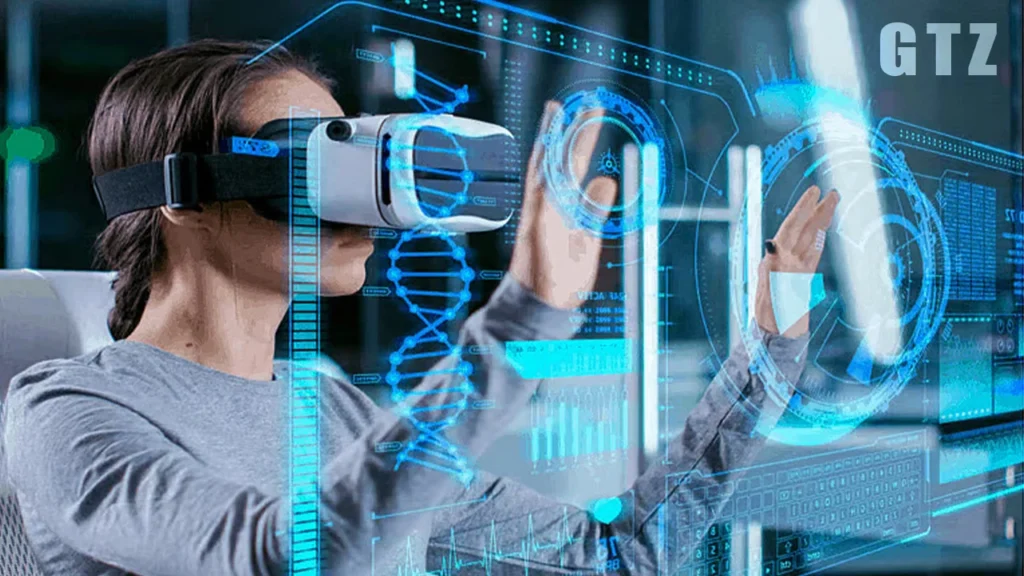
AR and VR don’t have a use for fun—AR and VR have many real-life uses for simplifying and enhancing things. Look at these awesome examples:
1. Learning through VR
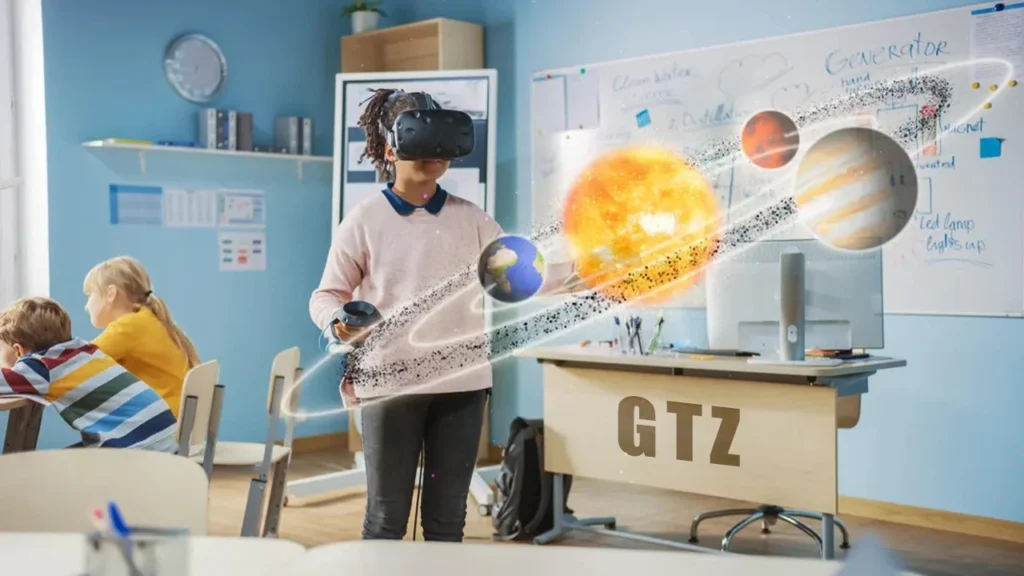
Imagine studying the solar system by actually visiting space or learning history by walking through ancient cities. That’s what VR learning can do!
Example: Google Expeditions takes students on virtual field trips to places including the ocean floor and the Great Wall of China.
2. Doctors and AR

Doctors use AR in order to view inside a human body without opening it. It helps them plan surgeries and practice tricky operations.
Example: Surgeons can see a 3D map of a patient’s heart with AR glasses during a surgical intervention.
3. Shopping with AR
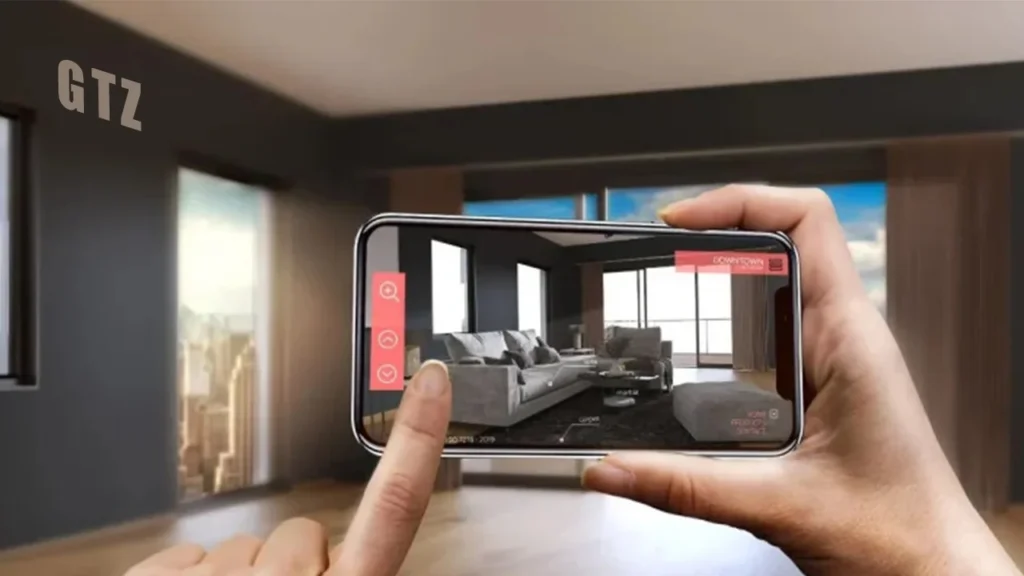
Have you ever wondered whether a new sofa will fit in your living room? AR can make that apparent to you!
Example: IKEA’s augmented reality app helps one visualize one’s living room with a new piece of furniture even before buying it.
4. Fun with VR
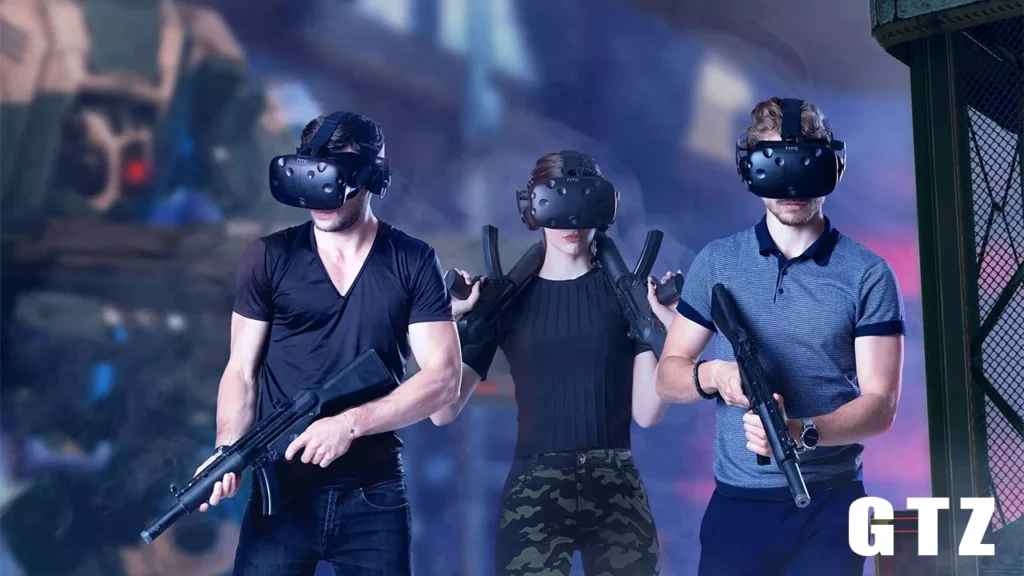
VR is a big hit in gaming simply because it puts you in the game.
Example: In virtual reality games, for instance, Beat Saber, controllers are used to swing blocks in rhythm with music, and one experiences a sensation of being in a virtual environment.
AR vs VR: What’s the Difference?
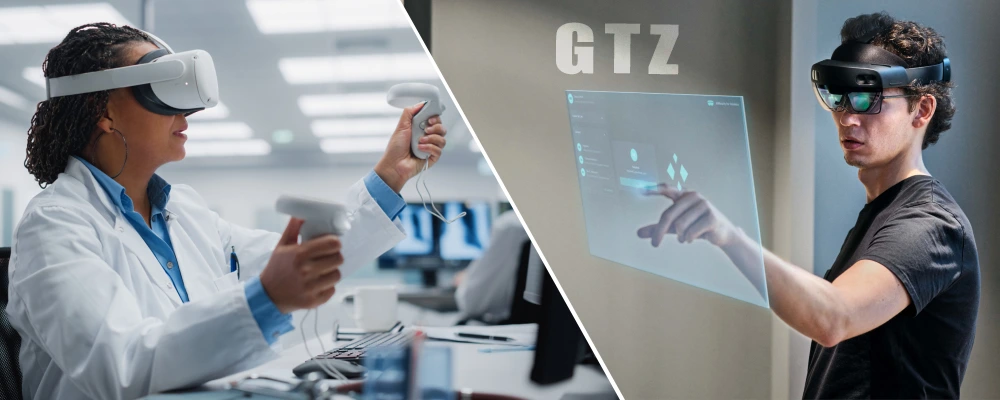
Even though AR and VR are similar, they’re used for different things:
- AR (Augmented Reality): Places virtual items over real environments. You can manipulate and view your environment, but not necessarily perceive it.
- VR (Virtual Reality): Takes you to an entirely new world. There is no glimpse of the real world when in VR.
Both are great, but both serve in a range of capacities to your intention.
How AR and VR technology function in real life
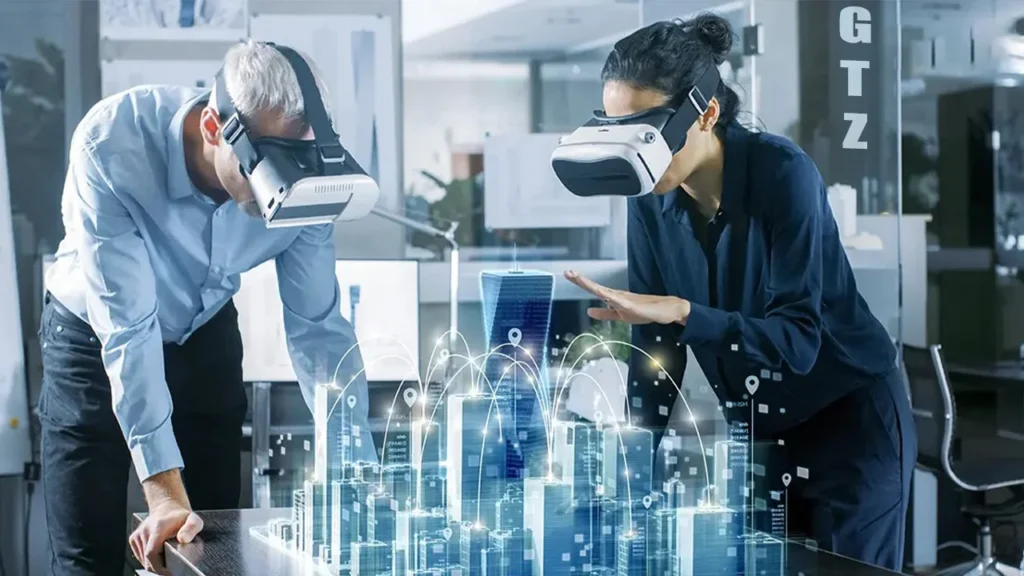
Let’s look at examples of AR and VR in use in everyday life:
AR in Real Life
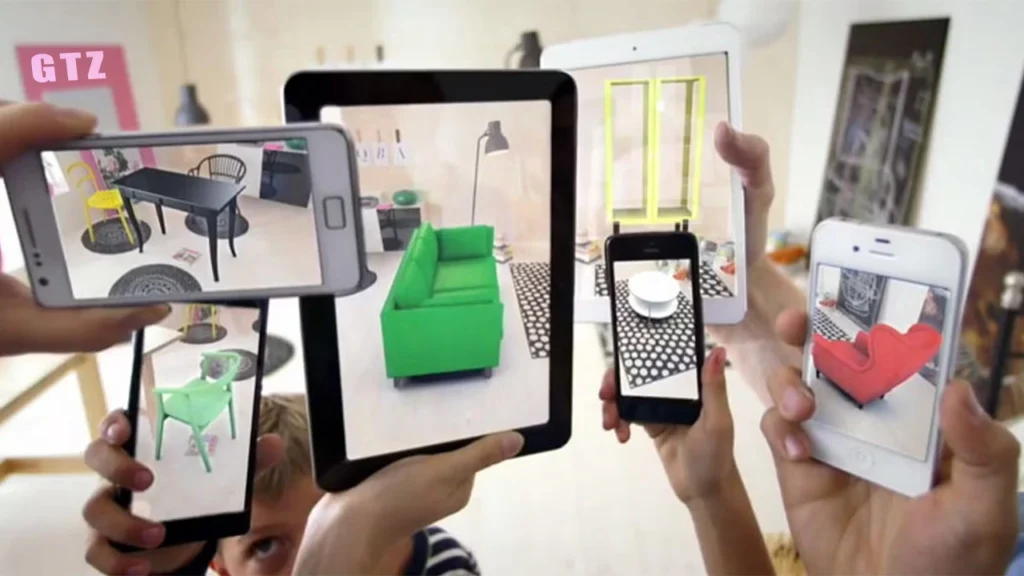
- Snapchat Filters: Add goofy faces or overlays to your selfies.
- Navigation Apps: Show direction arrows on the street to navigate your path.
- Shopping Apps: Let you try clothes on, or see how make-up will look on your face.
VR in Real Life

- Gaming: Play games in which you’re transported into a narrative
- Training: Pilots and troopers practice in virtual, safe environments through VR.
- Therapy: Doctors use VR to help people overcome fears, like fear of heights or flying.
The Future of AR and VR Technology
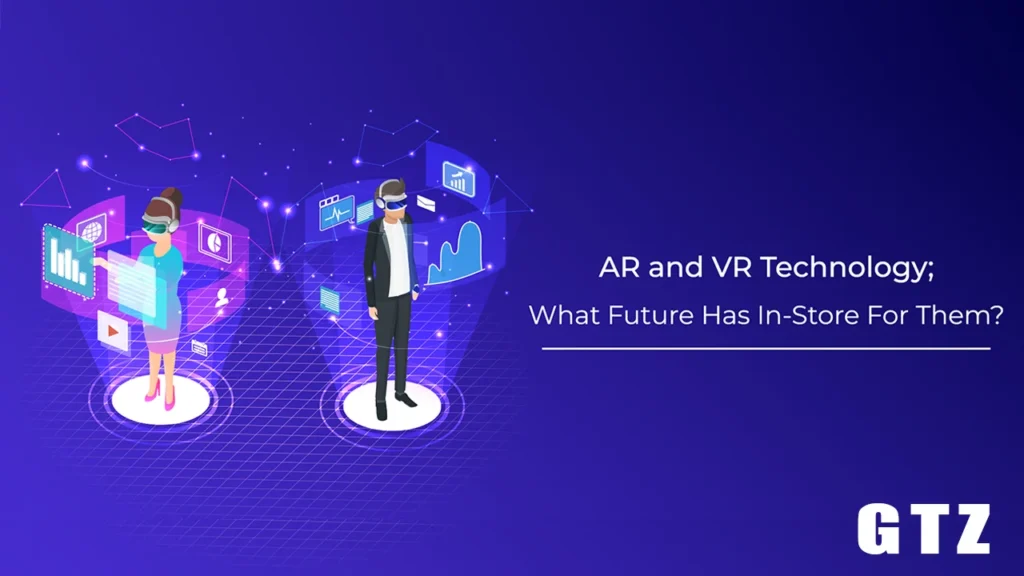
The future of AR and VR technology is incredibly exciting! What’s in store for us?
- Better Devices: AR and virtual reality headsets will become lighter, less expensive, and easier to use.
- 5G Internet: With a boost in internet speed, AR and VR experiences will become real-life-like and smoother.
- AI Help: Google AI Studio and its counterparts will enable smarter AR and VR intelligence through voice commands and personalized experiences.
Conclusion
AR VR technology is a bridge between two worlds: virtual and real. It is not only used for studying, gaming, and purchasing, but even for medical professionals’ work. With Google AI Studio and such tools, AR and VR become smarter and even more pleasurable with each new day.
At Get Tech Zone, we have the pleasure of delivering cool technology to your doorstep. In case you enjoyed reading this article, leave a comment, share it with your friends, and visit our website for more exciting technology guides.
Thank you for reading, and don’t forget—the future holds incredible AR VR experiences in store for you! What’s your most preferred AR or VR experience? Tell us in the comments below! Don’t forget to share this article with your family and friends to make them aware of the marvel of AR VR technology.
Most Asked AR VR Technology FAQ
What is AR VR technology?
It’s a mix of virtual reality (VR) and augmented reality (AR) that puts virtual items over real life or creates new worlds.
What’s the difference between AR and VR?
AR adds virtual items to real life, but a new world comes with VR.
How does AR work?
AR uses a camera to observe the real environment and then overlays virtual items onto it, for instance, a dancing unicorn in your phone’s display.
How does VR work?
VR uses a headset to take you to a new world where you can look around and interact with things.
What’s the future of AR VR technology?
The future will have smarter tools, including Google AI Studio, and heightened connectivity with even quicker web access.
How is AR VR technology utilized in education?
VR learning lets students explore virtual places like space or ancient cities.
What are the real-life applications of AR and VR?
AR helps both medical professionals and consumers, but VR is used for gaming and training.